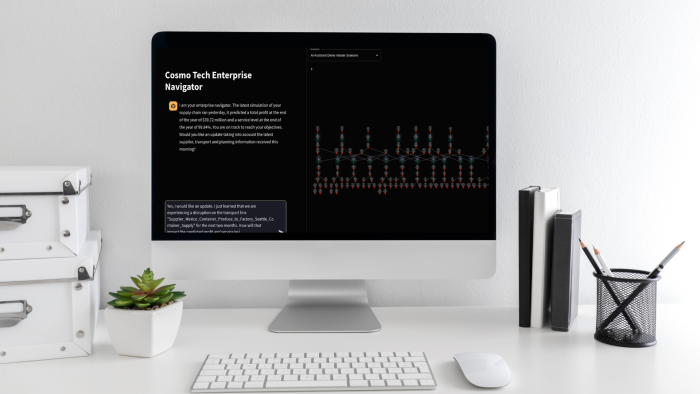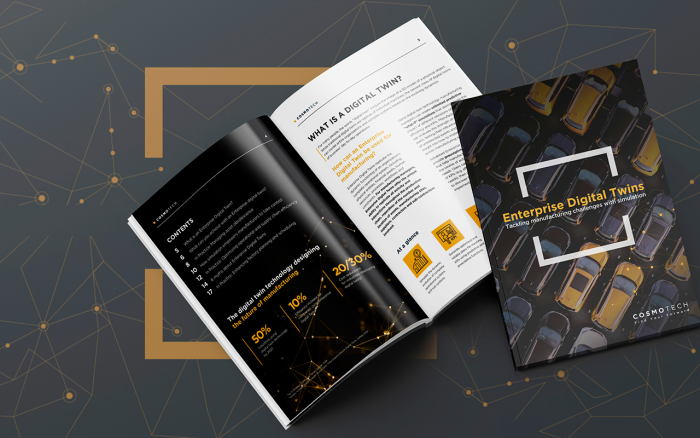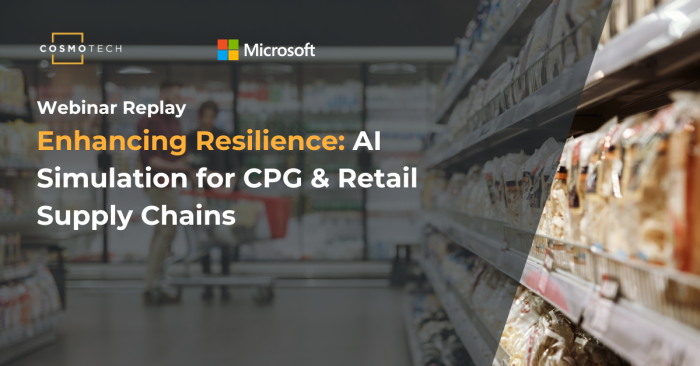As we witnessed during the past year and now at the start of 2021, the pandemic continues to disrupt business processes. Even the most agile and robust planning processes often cannot provide the insights and decision-making capabilities needed to survive in today’s world of volatility, uncertainty, complexity, and ambiguity (VUCA).
During the early days of the pandemic, we watched as companies ripped up their once perfect and intricate plans as they struggled to align supply and demand, often putting aside their multimillion-dollar planning systems and resorting to Excel spreadsheets. And thus, unable to run proper sales and operations planning (S&OP) cycles, exposing their organizations to increased financial risk and market vulnerability.
“Supply chain simulation digital twins are necessary to get a real confidence index. And to make sure that you have evaluated the most probable combinations of risks, all quickly and efficiently enough not to get lost in analyzes nor postpone decision making,” said Romain Ropitault, Senior Product Manager at Cosmo Tech.
In this new era of increased risk and uncertainty, companies need to be agile to survive. The transformation of S&OP is vital in a VUCA world. C-suites and leadership teams need an S&OP process capable of identifying and taking into account resources critical to the business and that provide the insight needed to adapt quickly.
“One of the benefits of Cosmo Tech is that you can design and set up your model with different levels of detail to support the decision you want to take,” said Philippe Bornert, CEO of Agilea, consulting firm, expert in supply chain management.




